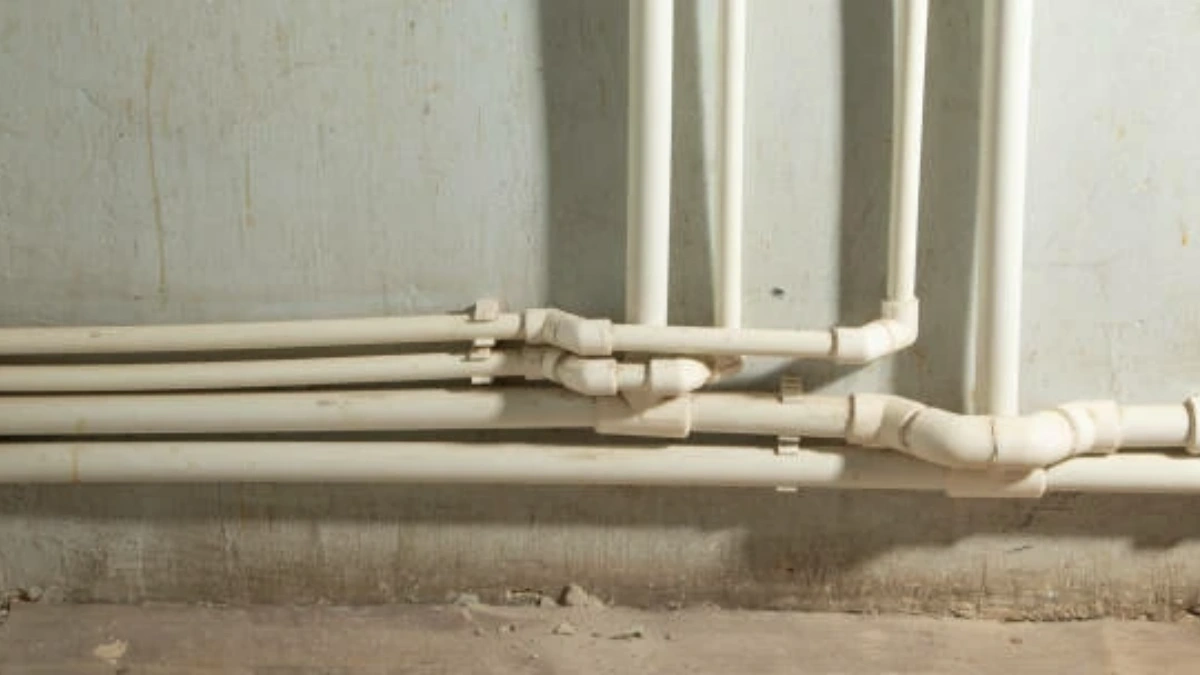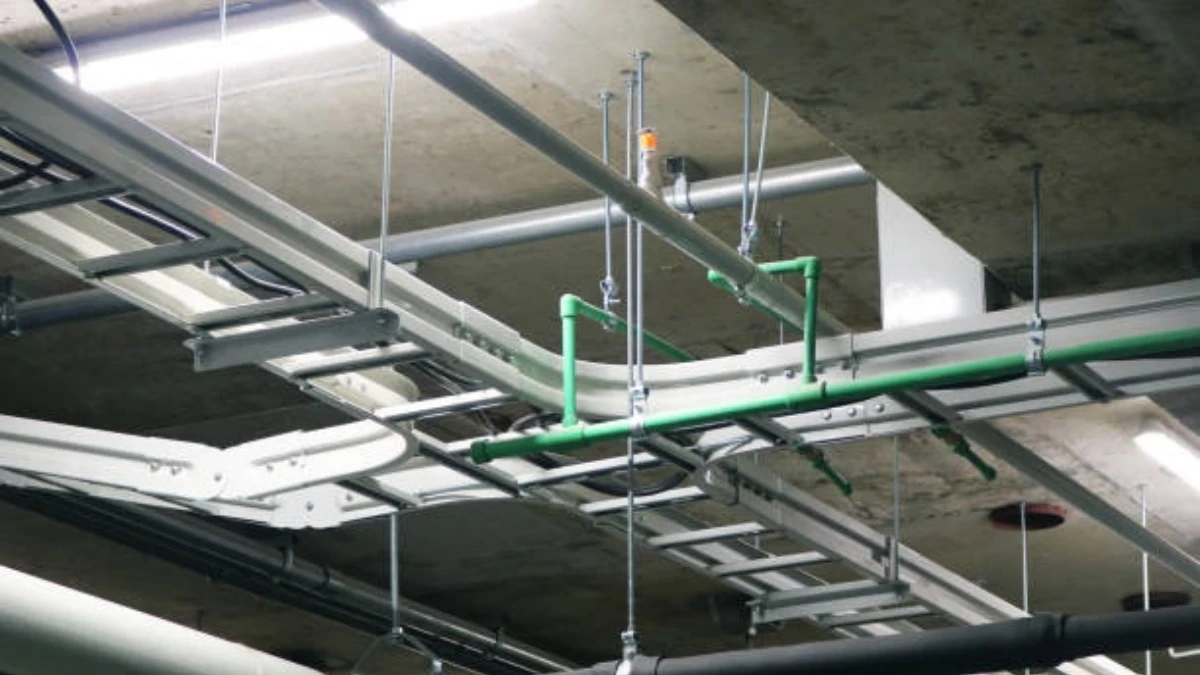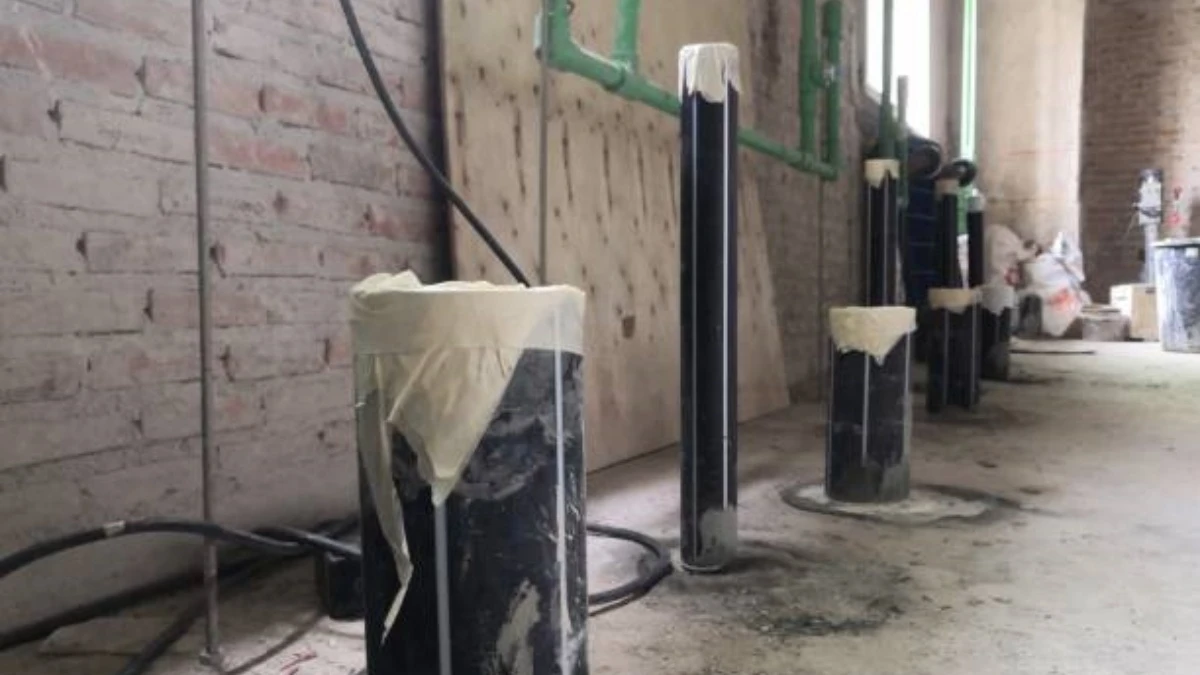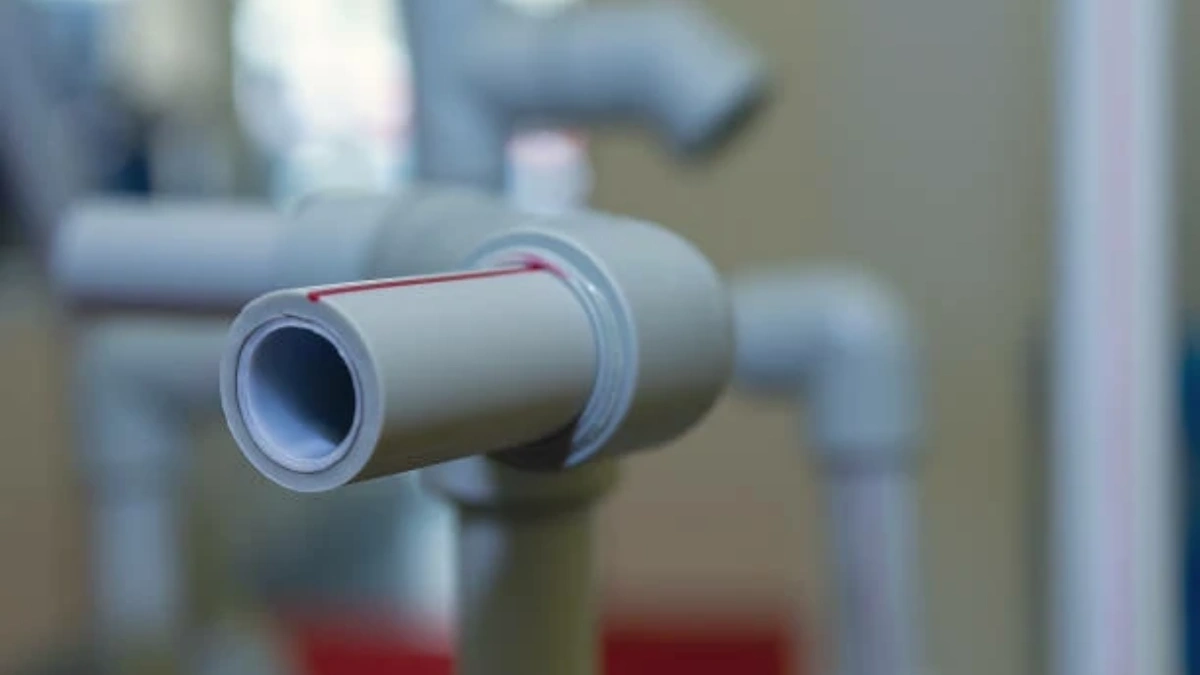Introduction
Quality plumbing pipes ensure durable, leak-free water systems for homes and commercial buildings with reliable performance. The plumbing system offers significant opportunities for eco-conscious improvements through material selection. This comprehensive guide examines the most environmentally friendly plumbing pipe options available today, their benefits, and practical considerations for installation and maintenance.
Why Choose Eco-Friendly Plumbing Pipes?
Environmental Impact Reduction
Traditional plumbing materials often carry heavy environmental costs from production to disposal. Sustainable alternatives minimize this footprint through:
- Reduced energy consumption during manufacturing
- Incorporation of recycled materials
- Extended product lifespans
- Recyclability at end-of-life
Health and Safety Advantages
Many conventional pipes contain chemicals that may leach into drinking water. Eco-friendly options provide:
- Elimination of lead and other toxic substances
- Reduced risk of bacterial growth
- Improved water taste and purity
Long-Term Financial Benefits
While sometimes costing more initially, green plumbing pipes offer:
- Lower maintenance requirements
- Reduced water waste from leaks
- Energy savings through better insulation
- Increased property value
Top Sustainable Plumbing Pipes Materials
1. PEX (Cross-Linked Polyethylene)
Best Applications: Residential water supply lines, radiant heating systems
Key Advantages:
- Requires 30% less energy to manufacture than copper
- Flexible design minimizes fitting requirements and material waste
- Resists scale buildup and corrosion
- Excellent freeze resistance
Considerations:
- Limited outdoor applications due to UV sensitivity
- Recycling infrastructure still developing in some regions
2. HDPE (High-Density Polyethylene)
Best Applications: Main water supply lines, underground installations
Key Advantages:
- Often contains post-consumer recycled content
- Extremely durable with 50+ year lifespan
- Lightweight (reduces transportation emissions)
- Resistant to chemicals and corrosion
Considerations:
- Requires specialized fusion welding equipment
- Higher initial material cost than PVC
3. Recycled Copper
Best Applications: Premium water distribution systems
Key Advantages:
- Maintains 100% of properties when recycled
- Naturally inhibits bacterial growth
- Excellent thermal conductivity
- Long 50+ year service life
Considerations:
- Mining new copper has significant environmental impact
- Higher cost than plastic alternatives
4. Stainless Steel (304/316 Grades)
Best Applications: Commercial systems, corrosive water conditions
Key Advantages:
- Minimum 60% recycled content
- Fully recyclable at end-of-life
- Exceptional durability in harsh conditions
- Resists scaling and mineral buildup
Considerations:
- Highest upfront material cost
- Requires professional installation
5. Bio-Based Plastic Composites
Best Applications: Drain-waste-vent systems
Key Advantages:
- Derived from renewable plant sources
- Lower carbon footprint than conventional plastics
- Maintains all performance characteristics
- Compatible with existing installation methods
Considerations:
- Limited manufacturer options currently available
- Slightly higher cost than conventional PVC
Selection Criteria for Green Plumbing Pipes
Water Quality Compatibility
- Hard water areas: Avoid copper due to scaling
- Acidic water: Choose corrosion-resistant materials
- Drinking water: Verify NSF/ANSI 61 certification
Climate Considerations
- Freezing climates: PEX offers best freeze resistance
- Hot climates: CPVC handles high temperatures effectively
- Coastal areas: Stainless steel resists saltwater corrosion
Installation Factors
- DIY projects: PEX with crimp connections
- Professional jobs: Consider soldered copper or welded HDPE
- Retrofits: Match existing system requirements
Installation Best Practices
- Minimize Connections – Fewer joints reduce potential leak points
- Proper Support – Follow manufacturer spacing recommendations
- Quality Insulation – Improve energy efficiency of hot water lines
- Pressure Testing – Verify system integrity before concealment
- Recycle Old Materials – Many municipalities offer pipe recycling
Maintenance for Longevity
- Annual inspections for leaks or corrosion
- Periodic flushing of water heaters
- Drain cleaning every 2-3 years
- Monitoring water pressure (40-80 psi ideal)
- Immediate repair of any leaks
Frequently Asked Questions
1. How does PEX compare to copper for drinking water safety?
High-quality PEX meets all NSF standards for potable water and doesn’t contain lead or other heavy metals found in some older copper systems.
2. Can I use different eco-friendly pipe materials in the same house?
Yes, with proper transition fittings. Always use dielectric unions when connecting dissimilar metals to prevent galvanic corrosion.
3. What’s the most environmentally friendly option for drain pipes?
Cast iron with recycled content offers excellent sustainability, though new bio-based plastic composites are gaining popularity for their lower environmental impact.
4. How long do sustainable plumbing pipes typically last?
Most eco-friendly options last 40-50 years, with stainless steel and copper often exceeding 50 years with proper maintenance.
5. Are there government rebates for installing green plumbing?
Many municipalities offer incentives for water-efficient installations. Check with your local water authority and energy provider for available programs.
Conclusion
Transitioning to eco-friendly plumbing pipes represents a smart investment for environmentally conscious homeowners. While initial costs may be higher for some materials, the long-term benefits of improved water quality, reduced maintenance, and environmental protection make sustainable plumbing an excellent choice.
For optimal results, we recommend consulting with plumbing professionals who specialize in green building practices. They can help design a system that meets your specific needs while minimizing environmental impact. Many eco-friendly pipe manufacturers now offer extended warranties when installed by certified professionals, providing additional peace of mind for your sustainable plumbing investment.
Remember that proper installation and regular maintenance will maximize both the environmental benefits and lifespan of your green plumbing system. By making informed choices today, you’re contributing to water conservation efforts and creating a healthier home for years to come.


















